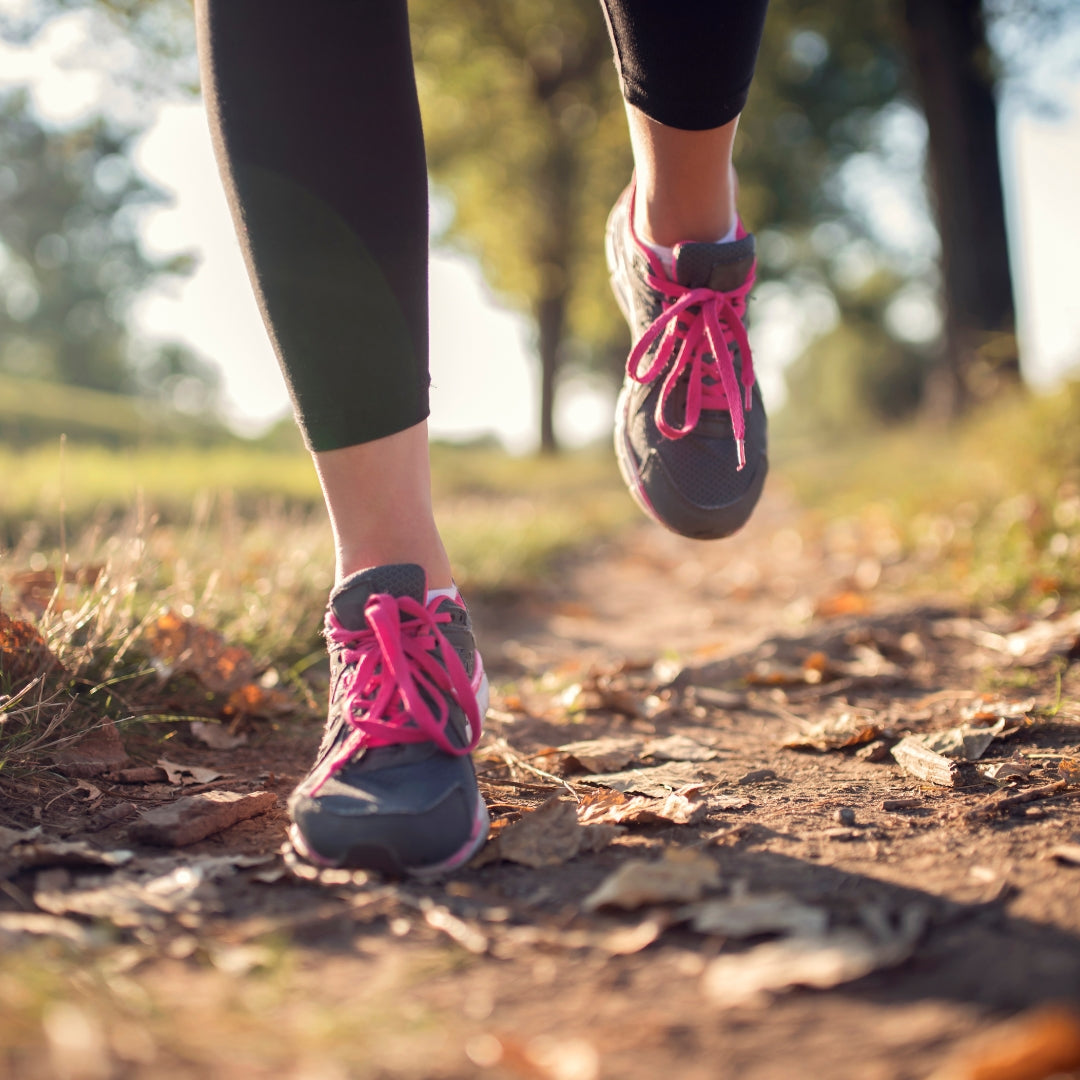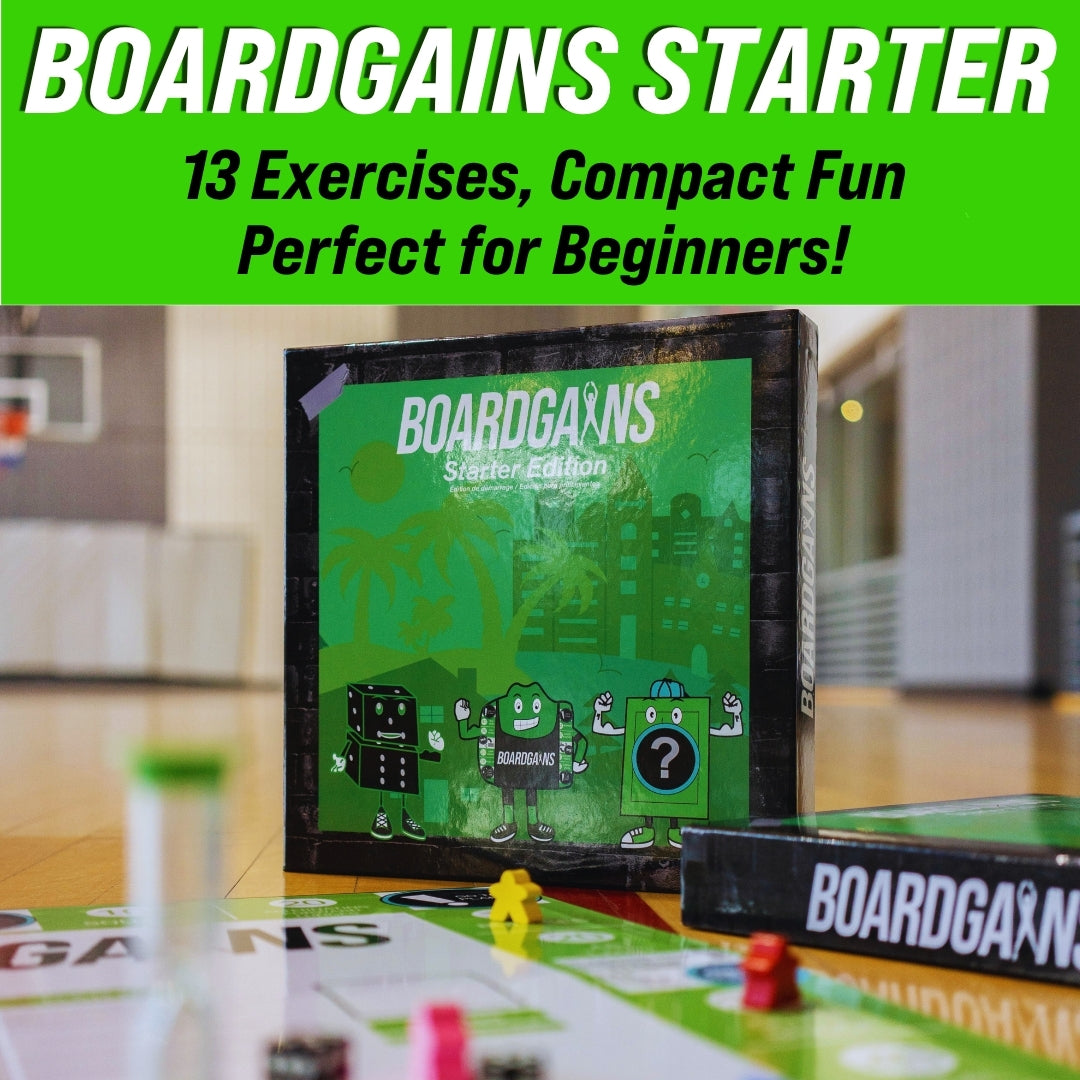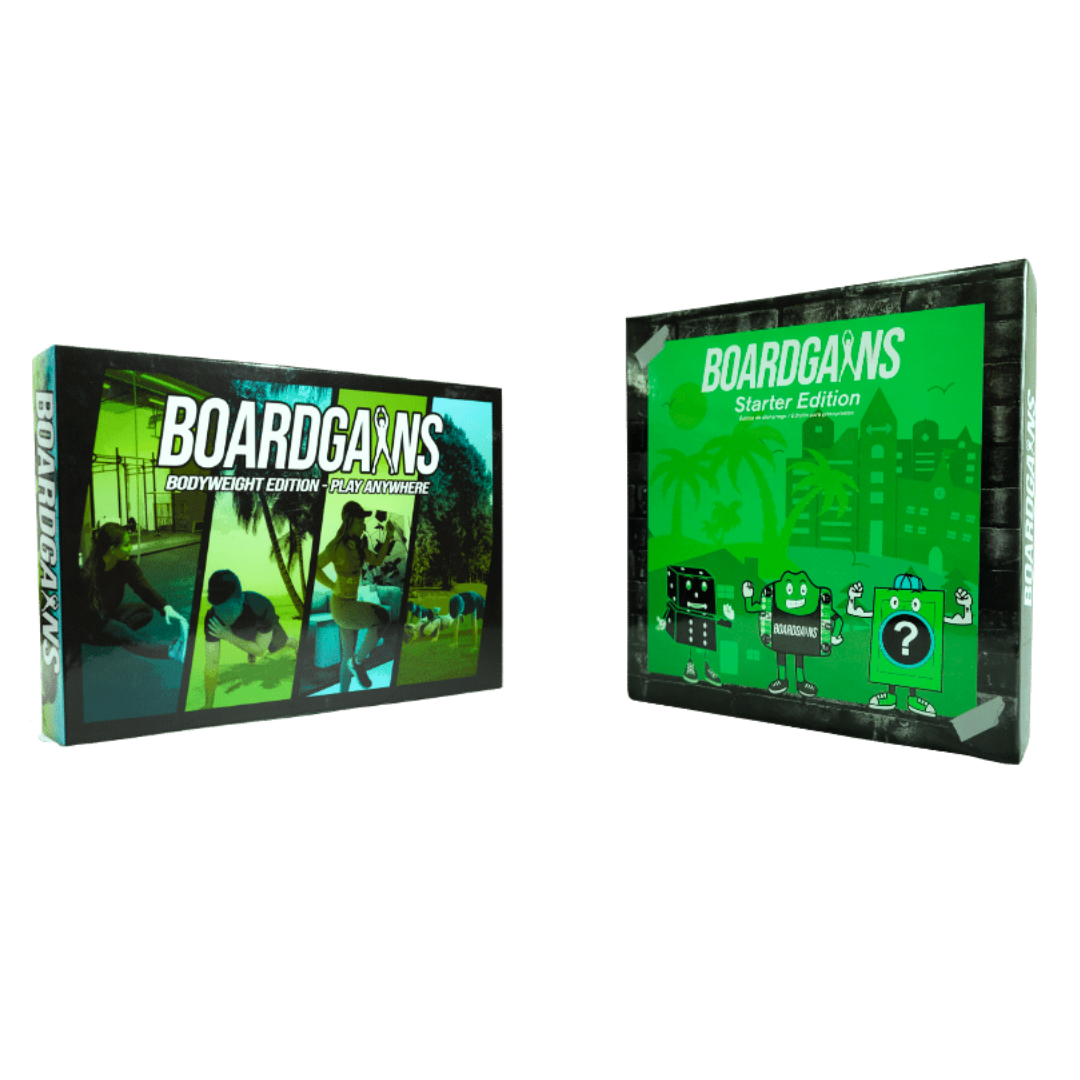World Mental Health Day: Moving for a Healthy Mind
Mental health is just as important as physical health, yet it often doesn’t get the attention it deserves. Every year on October 10, the world observes World Mental Health Day, a reminder to prioritize our emotional well-being. One of the most effective and accessible ways to support mental health is through movement—whether it’s exercise, mindful stretching, or even a short walk.
Let’s explore how moving your body can strengthen your mind, supported by science, and learn practical activities that anyone—students, teachers, parents, or professionals—can use to nurture well-being.
The Importance of World Mental Health Day
Why October 10 Matters Globally
World Mental Health Day was established to raise awareness of mental health challenges and reduce stigma. It’s a chance for communities worldwide to share resources, encourage open conversations, and promote strategies that support mental wellness.
Raising Awareness About Mental Well-Being
This day emphasizes the need for balance between body and mind. While therapy and medication play critical roles in mental health care, simple lifestyle practices like movement can also be powerful tools for prevention and recovery.
The Link Between Physical Activity and Mental Health
How Exercise Impacts the Brain
Physical activity isn’t just about strong muscles—it sharpens the brain. According to the CDC, regular movement improves memory, learning, and problem-solving skills. Exercise increases blood flow to the brain, fueling it with oxygen and nutrients that enhance focus and creativity.
The Role of Endorphins in Stress and Anxiety Relief
Exercise triggers the release of endorphins, the body’s natural “feel-good” chemicals. These help lift mood, ease anxiety, and reduce stress. A brisk walk or a playful game can be enough to boost positivity.
Benefits for Confidence, Self-Esteem, and Learning
Studies show that physical education enhances mental health by building self-esteem, resilience, and social skills. When kids or adults move, they often feel more confident, capable, and ready to tackle challenges.
Movement as a Tool for Emotional Balance
Short Bursts of Activity for Focus and Memory
Even five minutes of movement can reset the mind. Quick stretches, a jog, or dancing to a favorite song can sharpen focus, making it easier to concentrate on schoolwork or tasks.
Exercise and Better Sleep
Physical activity helps regulate sleep cycles. A body that moves during the day rests more deeply at night, leading to better mood, sharper focus, and lower stress levels.
Preventing Cognitive Decline and Dementia
Staying active lowers the risk of dementia and cognitive decline. Movement keeps the brain flexible and resilient, improving long-term health and independence.
Mindful Movement in Schools and Training Sessions
Stretching Breaks to Reset Attention
A quick classroom stretch break helps students release restlessness and regain focus. Teachers can guide students through gentle arm reaches, neck rolls, or standing stretches.
BoardGains and Playful Movement Activities
Games like BoardGains turn movement into play. Students roll the dice, land on an exercise, and complete the move together. These exercises builds focus, mindfulness, and body awareness—while keeping the workout fun and interactive.
Breathing Breaks to Reduce Stress
Pausing for three deep breaths between activities teaches students how to calm their nervous system. This practice lowers stress and improves emotional regulation.
Gratitude Laps and Circles
After completing laps, students can share one thing they’re grateful for. Gratitude, paired with physical activity, builds positive emotions and resilience.
Storytelling Through Movement
Children can act out stretching stories—pretending to be trees swaying or animals stretching. This playful approach sparks creativity while promoting body awareness.
Family and Community Role in Mindful Movement
After-School Movement Ideas
Families can bond by walking, biking, or playing outdoor games together. This not only supports mental health but also strengthens family connections.
Journaling and Reflection After Exercise
Encouraging kids to write or draw about how their body feels after movement helps them recognize the link between activity and mood.
Practical Tips to Incorporate Movement Daily
Small Habits That Add Up
Take the stairs instead of the elevator, walk during phone calls, or stretch while watching TV. These little changes can make a big difference.
Choosing Activities You Enjoy
Consistency comes from enjoyment. Whether it’s dancing, swimming, yoga, or cycling—pick activities that make you feel good.
Combining Social Connection and Exercise
Moving with friends or family creates accountability and adds a sense of belonging. Group activities double as social time and self-care.
FAQs About World Mental Health Day and Movement
Q1: Why is movement important for mental health?
Movement increases blood flow, releases endorphins, reduces anxiety, and strengthens brain function.
Q2: How much exercise is enough to see benefits?
Even 10–15 minutes of moderate activity daily can boost mood and focus. Longer, regular activity brings greater benefits.
Q3: Can children benefit from mindful movement?
Yes! Stretching, yoga, playful exercises, and gratitude practices all improve focus, mood, and emotional resilience in kids.
Q4: How does movement prevent stress?
Physical activity lowers cortisol levels, improves relaxation, and promotes better sleep—all of which reduce stress.
Q5: What role can families play in mindful movement?
Families can schedule outdoor activities, play movement-based games, and reflect together on how exercise makes them feel.
Q6: Can mindful movement be practiced at work?
Absolutely. Short stretch breaks, breathing exercises, and walking meetings can refresh employees and reduce burnout.
Conclusion: Moving Towards a Healthier Mind
World Mental Health Day is a reminder that our minds deserve as much care as our bodies. By incorporating mindful movement—from yoga dice to gratitude walks—we can build resilience, sharpen focus, and lift our moods. Whether in schools, families, or workplaces, movement is a simple yet powerful way to nurture both physical fitness and mental well-being.
👉 This October, let’s commit to moving for a healthier mind—because every step, stretch, or breath brings us closer to balance.
🔗 Further Reading: CDC – Physical Activity and Mental Health










Leave a comment
This site is protected by hCaptcha and the hCaptcha Privacy Policy and Terms of Service apply.